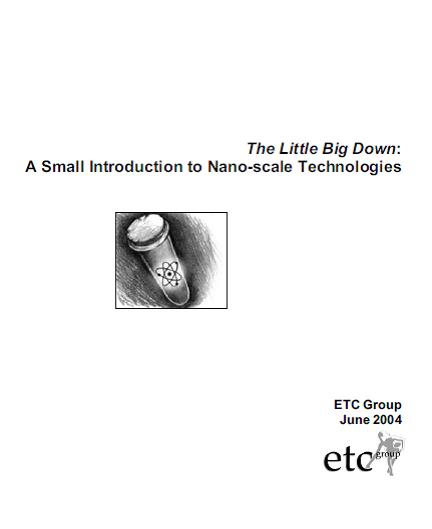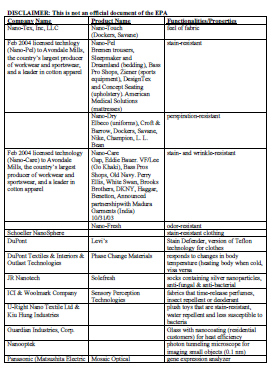Nanotech: Unpredictable and Un-Regulated
Submitted by ETC Staff on
The ETC Group releases a new Communiqué today (08.07.2004) that provides an update on policy discussions related to nanotech health and safety issues and the glaring lack of regulatory oversight. According to the ETC Group, governments on both sides of the Atlantic are reluctantly and belatedly conceding that current safety and health regulations may not be adequate to address the special exigencies of nano-scale materials. In sharp contrast to the political climate one year ago, the potential health and environmental risks of some nano-scale technologies are being openly discussed in Europe and North America. Since mid-2002, ETC Group has called for a moratorium on the use of synthetic nanoparticles in the lab and in any new commercial products until governments adopt "best practices" for research.







